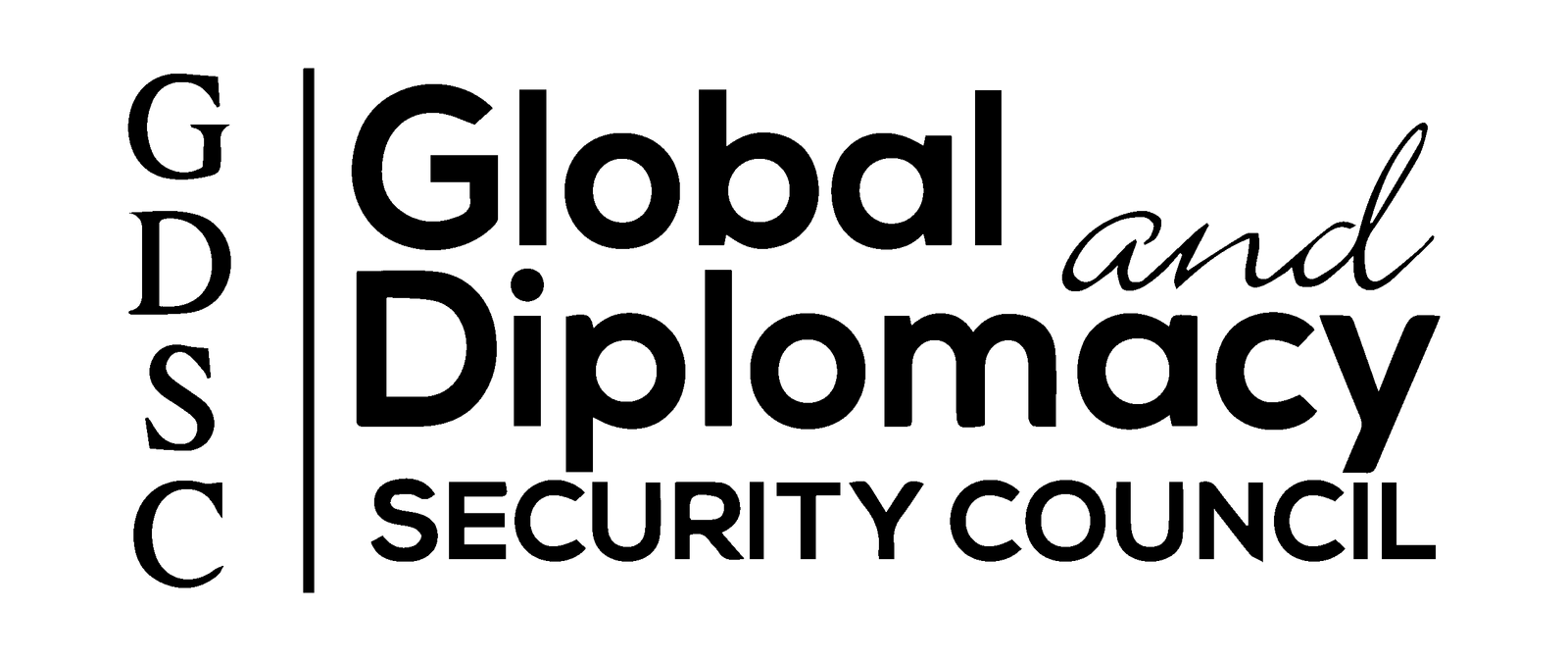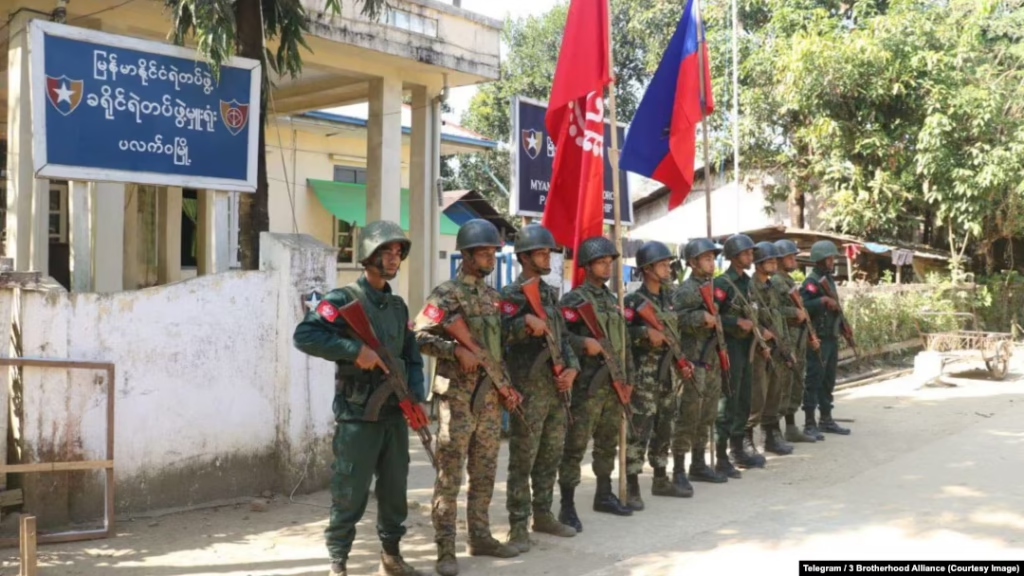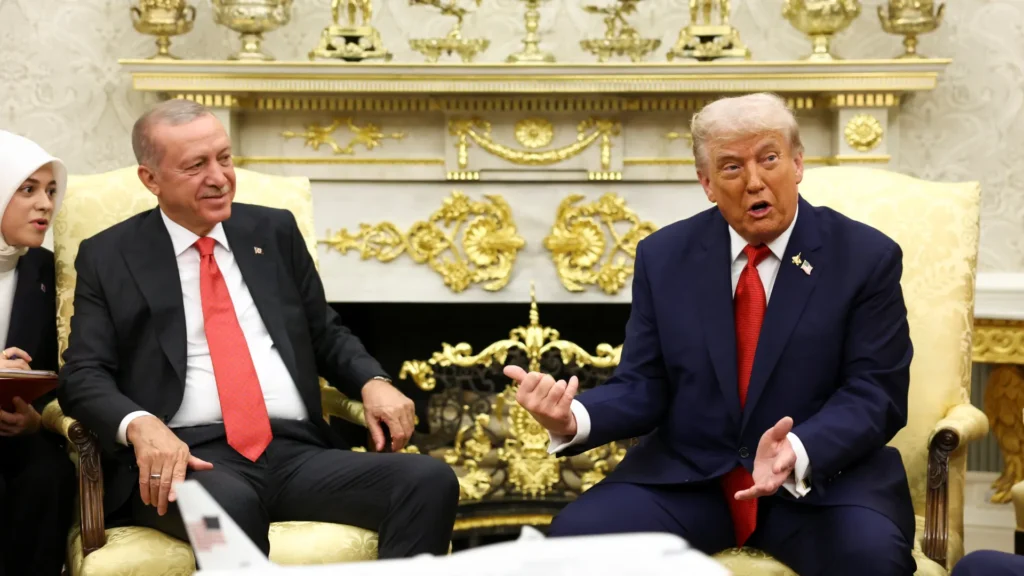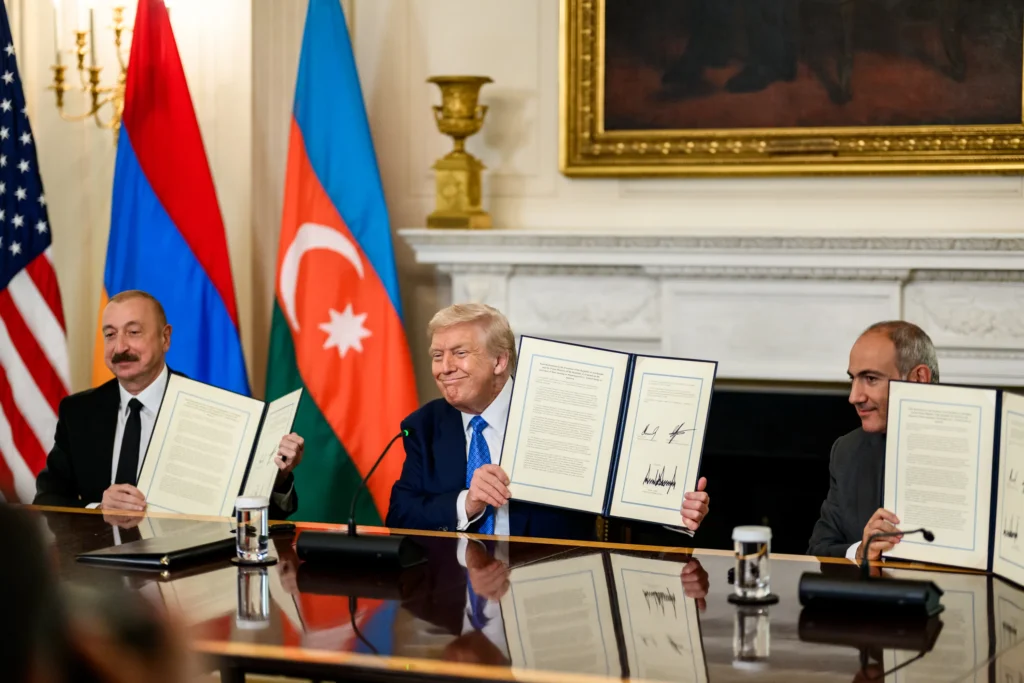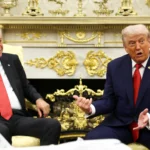Inside Trump’s Azerbaijan–Armenia Peace Deal
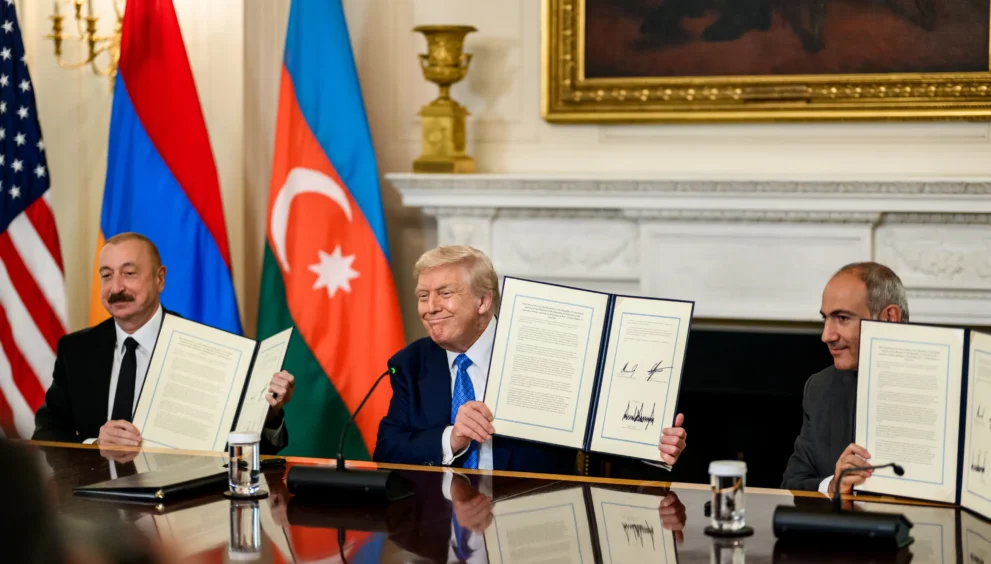
On August 8, 2025, at the White House, President Donald Trump hosted Azerbaijani President Ilham Aliyev and Armenian Prime Minister Nikol Pashinyan for a landmark summit to sign key Trump Route for International Peace and Prosperity (TRIPP) agreements aimed at establishing lasting peace and ending decades of hostility. This major shift opens new doors for American allies and regional engagement while closing them for adversaries.
Dismantling Iranian and Russian Influence
For years, Armenia has deepened its dependency on Russia as its primary security guarantor. However, the 2020 Nagorno-Karabakh war exposed the limits of Russian security guarantees, prompting Prime Minister Nikol Pashinyan to pivot toward the EU and U.S. In concrete terms, Armenia suspended its participation in the CSTO in 2024 and signaled in 2025 that it may withdraw, underscoring a broader pivot toward the EU and the United States. At the same time, disputes over the Zangezur/Syunik Corridor have pushed both Armenia and Azerbaijan to balance Iranian and Russian influence.
Reporting indicates Armenia has granted the U.S. exclusive development rights for the corridor under Armenian law, shifting oversight from Russian-linked mechanisms to a U.S.-managed operating model. This shifts the monitoring and operational “center of gravity” from Russian security services to an American-run project. Previously, Armenia was obligated to guarantee a land link between Azerbaijan and Nakhchivan under Russian oversight, with the FSB Border Guard controlling those transport connections. This shift has prompted officials to propose winding down the OSCE Minsk Group and moving to a U.S.-managed build-and-operate model.
Additionally, TRIPP cuts Iran out of its decades-long monopoly on the Nakhchivan transit route, denting Tehran’s regional leverage. Historically, the practical way to move between mainland Azerbaijan and Nakhchivan was through Iran, but TRIPP now creates a direct Armenian route. As a result, cargo and passengers no longer need to use Iranian roads—ending Tehran’s transit-fee revenue stream and reducing its day-to-day influence over Baku–Nakhchivan logistics. The corridor also bypasses Russian territory, tightening a Turkey–Azerbaijan–Central Asia chain that Tehran cannot control. Domestically, the project resonates with Iran’s large ethnic Azeri minority, since the new route is backed by Washington, Ankara, and Baku.
Commercial Opportunities in the Post-TRIPP Era
The economic and connectivity implications lie in the fact that countries hesitant to cooperate with Russia or Iran now have an alternative economic corridor to engage in.
In particular, TRIPP gives landlocked economies, such as Central Asia–Caucasus exporters, greater bargaining power and resilience because one neighbor’s gate can no longer shut the entire route. The Armenia leg to Europe bypasses both Iranian roads and Russian-controlled chokepoints, lowering exposure to sanctions and political whims. More route competition puts downward pressure on transit fees and improves schedule reliability for landlocked economies.
Logistically, a customs-streamlined corridor between mainland Azerbaijan and Nakhchivan shortens haul distances, trims dwell times, and reduces multimodal handoffs. For entrepreneurs, this is attractive because it enables faster delivery, lower logistics costs, and higher throughput for regional commerce, including containerized goods, RO-RO, and perishables.
The Southern Gas Corridor and related interconnectors expand through the strengthened east–west backbone that TRIPP provides, while also preserving optionality for future Caspian inputs (e.g., Turkmen volumes) by adding capacity and reducing chokepoints. Europe benefits as a whole from more diversified energy molecules and routes, dampening the price shocks and political coercion risks seen in recent years.
Investment is now more attractive, whether from U.S., EU, Turkish, or Gulf sources, due to a U.S.-backed, rules-anchored operating model that improves the bankability of public-private partnerships across rail, roads, logistics parks, and digital/fiber networks. Clear governance and predictable access can even attract Chinese capital on commercial terms. Spillover effects in warehousing, cold chain, agro-processing, and light manufacturing will compound as reliability and volumes scale.
Türkiye’s Geopolitical Dividend
The Southern Caucasus has long been a region of dissent within Washington, but through President Trump’s brokering, the U.S. has achieved a sense of strategic regionalism by empowering President Erdogan and Türkiye, arguably the principal strategic beneficiary from these developments. By pinpointing a common objective that all parties could align on, unraveling Russian and Iranian influence, Trump leveraged Türkiye’s heavy lifting in the region to make it happen. For Türkiye, this further solidifies its role as a peacemaker and mediator in areas where the U.S. has historically struggled to gain traction.
Ankara maintains active mediation channels with Moscow and Kyiv and continues quiet facilitation between Yerevan and Baku, which Washington can leverage to translate the corridor framework into concrete security and economic steps. Simultaneously, reports indicate significant progress toward a potential Turkish-brokered arrangement between Russia and Ukraine. By shifting Armenia away from Russia, the U.S. indirectly creates another reason for such a Russia–Ukraine deal to move forward, further reinforcing Türkiye’s role as a capable mediator.
For Ankara, the payoff is twofold: consolidating the controversial Ankara–Baku alignment while also giving Armenia a framework to normalize relations with Türkiye under U.S. guarantees, potentially including an agreement to allow the UN to reach a legal conclusion on the Armenian treatment under the Ottoman Empire.
Navigating Armenia’s Domestic Realities
Domestically, this deal requires American guarantees and engagement because it provides Armenian leadership, particularly Prime Minister Pashinyan, political protection to make concessions without appearing to bow to what is perceived as adversarial Turkish or Azerbaijani influence.
Moreover, it affirms the reality of the waning influence of Dashnak ideology and cultural supremacists in the post–Velvet Revolution era, even if Armenian-American groups claim otherwise. The ARF, the Armenian party most closely aligned with the major Armenian lobby in the United States, has seen its public support sharply decline, while Pashinyan has decisively diversified Armenia’s foreign policy orientation, as demonstrated this week. This shift directly contradicts the ARF’s historical positions favoring Russian-led security structures and regional integration.
In today’s Armenia, being perceived as a pro-Russian actor has become a domestic liability, as alignment with Moscow is increasingly seen as potentially undermining Armenia’s autonomy, particularly after the Second Nagorno-Karabakh War. While unpopular in Armenia, Washington will continue to hear pushback from Armenians in the diaspora, where the ARF maintains its strongest foothold, reinforcing nationalist and historical narratives that diverge from Armenia’s pragmatic state priorities.
